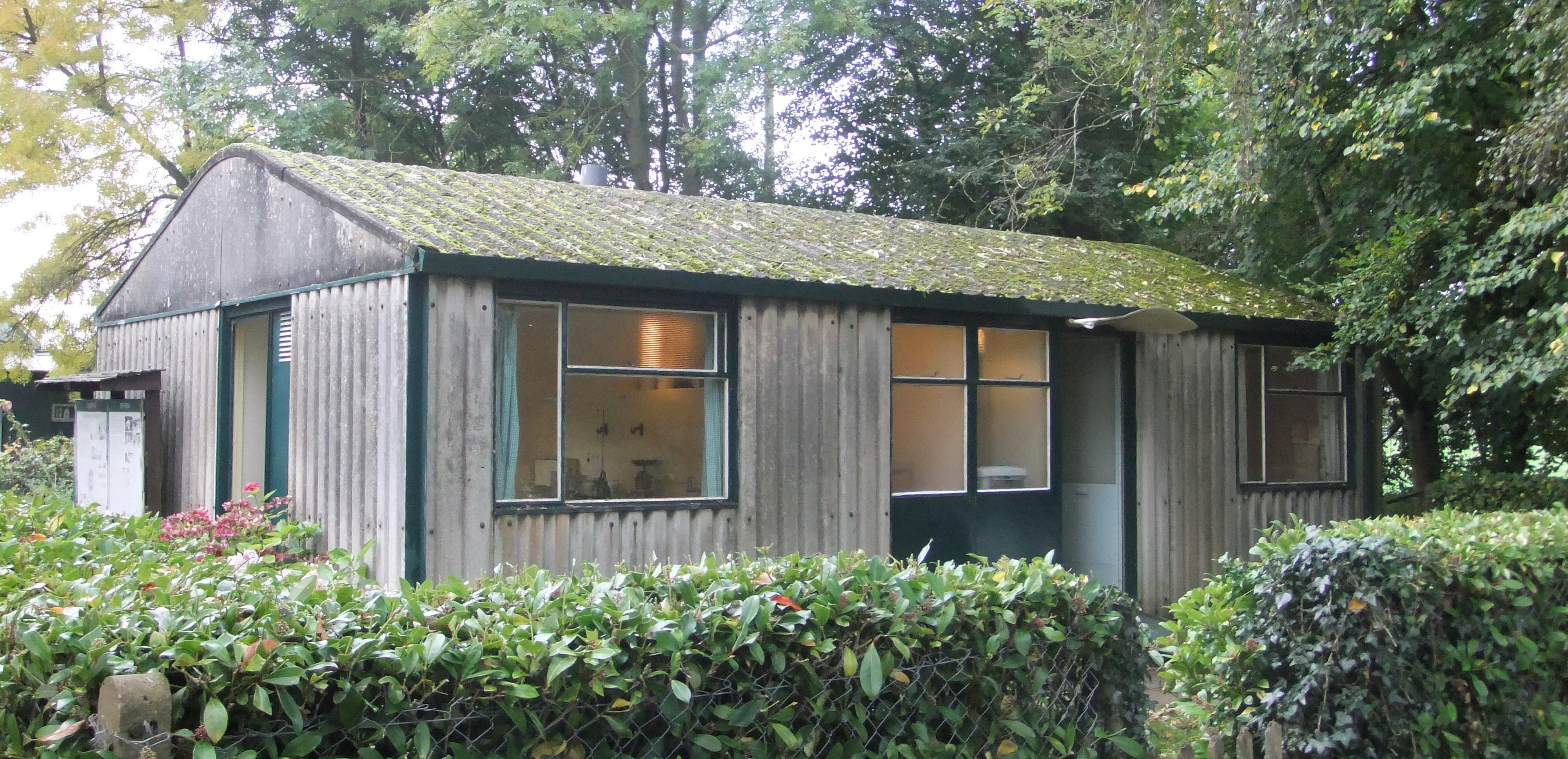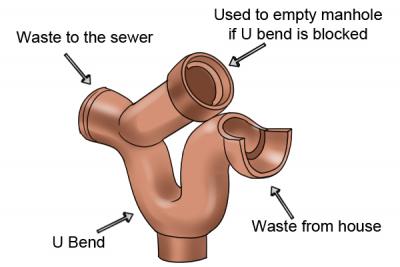“My Dad told me about them!”: PRC Homes
The post-war housing shortage led to a boom in new ‘non-traditional’ methods of house construction which were mainly taken up by local and public authorities. There was an urgent need for new and replacement housing at a time when traditional building materials and skilled labour were in short supply.
The immediate solution was off-site construction with precast reinforced concrete (PRC) sections being produced in factories and sent out to sites throughout the United Kingdom to be built by a largely unskilled labour force.
The homes produced were only intended to be a short-term solution; however, by the early 1980’s tens of thousands still remained. Structural defects started to become apparent mainly through carbonation (a chemical reaction in the concrete) and concrete spalling because of rusting steel components attacked by moisture.
A comprehensive investigation was undertaken to establish the condition and structural integrity of the PRC housing stock erected before 1960.
As a result, 26 variations of PRC homes were classified under the Housing Defects Act 1984, later consolidated into Part XVI of the Housing Act 1985. The Act provided for a 90% grant towards the cost of repairing the defect, subject to an expenditure limit and local authorities estimated that owners of around 31,000 properties would qualify for assistance under the statutory scheme.
The scheme ended over 20 years ago and included types such as: Airey, Cornish Unit, Dorran, Reema Hollow Panel, Schindler & Hawksley, Unity, Wates, Wessex and Woolaway constructions.
Any alterations to the remaining housing stock now need PRC Certification by fully qualified and experienced structural engineers to ensure that Council of Mortgage Lenders requirements have been achieved and the property is mortgageable.
Poor thermal efficiency offered in the designs was another issue. Additional insulation is added with most alterations, usually by a new external leaf of masonry with an insulated cavity.
So 70 years on has much changed in the construction of new homes?
Certainly our technical knowledge and quality control of complicated construction principles has.
Last year’s government-commissioned Farmer Review of construction warned the industry to “modernise or die” - it said that the rapid retirement rate of UK construction workers meant we have to embrace new building techniques, not least off-site construction.
Speaking at the recent LABC Conference, UK Housing Minister Gavin Barwell indicated that off-site construction has the potential to tackle long-term skills shortages and alleviate the housing shortage in the UK.
He said "Off-site construction is not just diversifying the industry but promoting innovation. The reason I'm interested in it fundamentally is that it's a way of building homes quicker."
In October 2016 he said that the government sees a huge opportunity in manufacturing houses off-site and is looking to increase access to finance for modular housing providers to help secure the delivery of more than 100,000 ready-made homes by 2020.
Whether production capacities and mortgage lenders are in place to meet the challenge remains to be seen.
Further information
Visit LABC Registered Details, now known as LABC Assured (as of March 2019), for information on Modern Methods of Construction (MMC). Or, browse our “My Dad told me about...” articles.
(Image courtesy of Avoncraft Museum.)
Please Note: Every care was taken to ensure the information was correct at the time of publication. Any written guidance provided does not replace the user’s professional judgement. It is the responsibility of the dutyholder or person carrying out the work to ensure compliance with relevant building regulations or applicable technical standards.
Sign up to the building bulletin newsletter
Over 48,000 construction professionals have already signed up for the LABC Building Bulletin.
Join them and receive useful tips, practical technical information and industry news by email once every 6 weeks.
Subscribe to the Building Bulletin




Comments
Add new comment